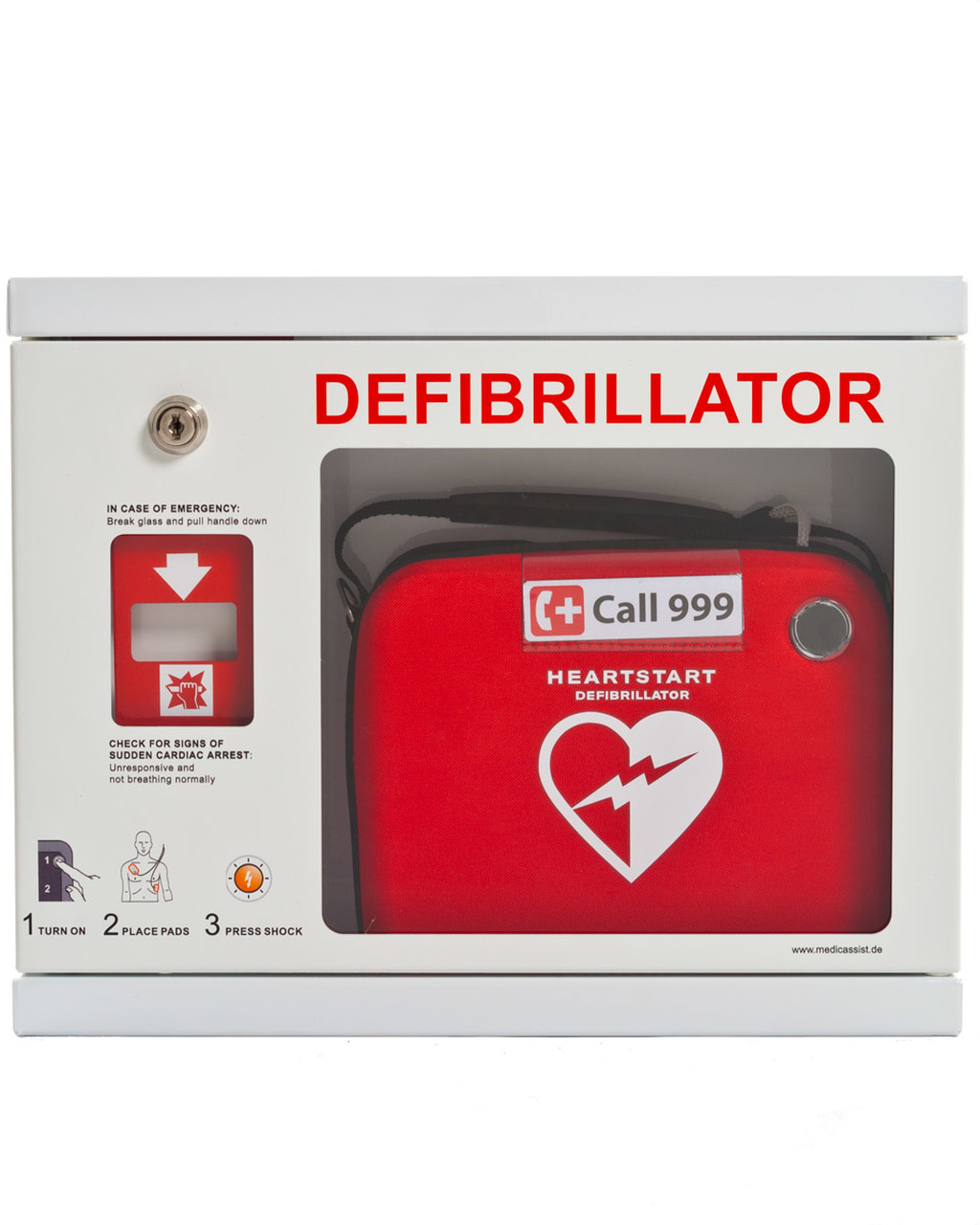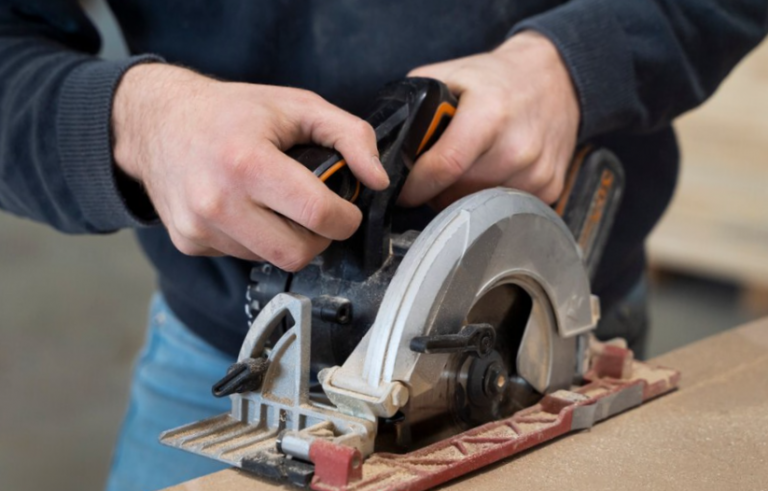What is Defibrillator?
A defibrillator is a device that is employed for curing a life-threatening condition i.e. cardiac arrest or cardiac dysrhythmias. This device provides a highly energetic electric shock which is often known as the counter-shock. The overall phenomenon is understood as the depolarization of the heart muscles which can finish the situation of dysrhythmia. After that, the patient’s internal pacemaker is in the capacity to regain the normal pulse.
There are different types of such devices available in the market as these can be external or trans-venous. There is the most common type of defibrillator which is known as an automated external defibrillator (AEDs). These devices often might be seen fitted in public places i.e. airports, toilets, shopping malls & many more. Furthermore, employers are also encouraged these days to place these devices in their workplaces for an emergency situation. An abrupt & impulsive cardiac arrest can be a major cause of death. Moreover, the survival chance after a cardiac arrest is less than 15%, which is very low. Survival rate can be greatly increased if you can detect the aberration & respond on time. To retort on time, you need to have a proper apparatus that can save someone’s life in seconds.
The question might arise here that how an ordinary person can practice this device in an emergency situation? Well, this device can be used by anyone at any time. You just need to place the pads of a defibrillator on the patient’s chest & the device will observe the heart’s condition. After that, the AED can automatically tell you whether the patient needs the shocks or not. Hence, it is easy to use & designed to be used by anyone who is capable of following the written instructions.
The automatic feature of these defibrillators lets you employ this device only when needed. Most of the modern defibrillators are employed with sensors that examine the situation of the patient’s heart & will not initiate the shock process if the person has a normal rhythmic heart rate. Also if the heart is completely failed as in asystole or PEA then these defibrillators will also not work. This can greatly reduce the misuse of this medical equipment & can also prevent the situation from getting worse.
According to the statistics, more than 65000 cardiac arrests have been reported in the only UK outside of the hospitals. These stats are enough to support the presence of external defibrillators in the public & workplaces. Most of the employers, however, are still not ready to take the risk whenever this device is used at their workplace. But this opinion can be changed by providing certain instructions to each employee in the office. Employers should be trained to use this device effectively in critical circumstances as it is a matter of life & death.
Hence, concluding the topic it is deceptive that these devices are easy to use & anyone can do it quite easily & are also inexpensive. These characteristics made it easy for owners to employ these in their workplace & save a number of precious lives.
Recommended Readings
Best Defibrillators For Offices
The responses below are not provided, commissioned, reviewed, approved, or otherwise endorsed by any financial entity or advertiser. It is not the advertiser’s responsibility to ensure all posts and/or questions are answered.






